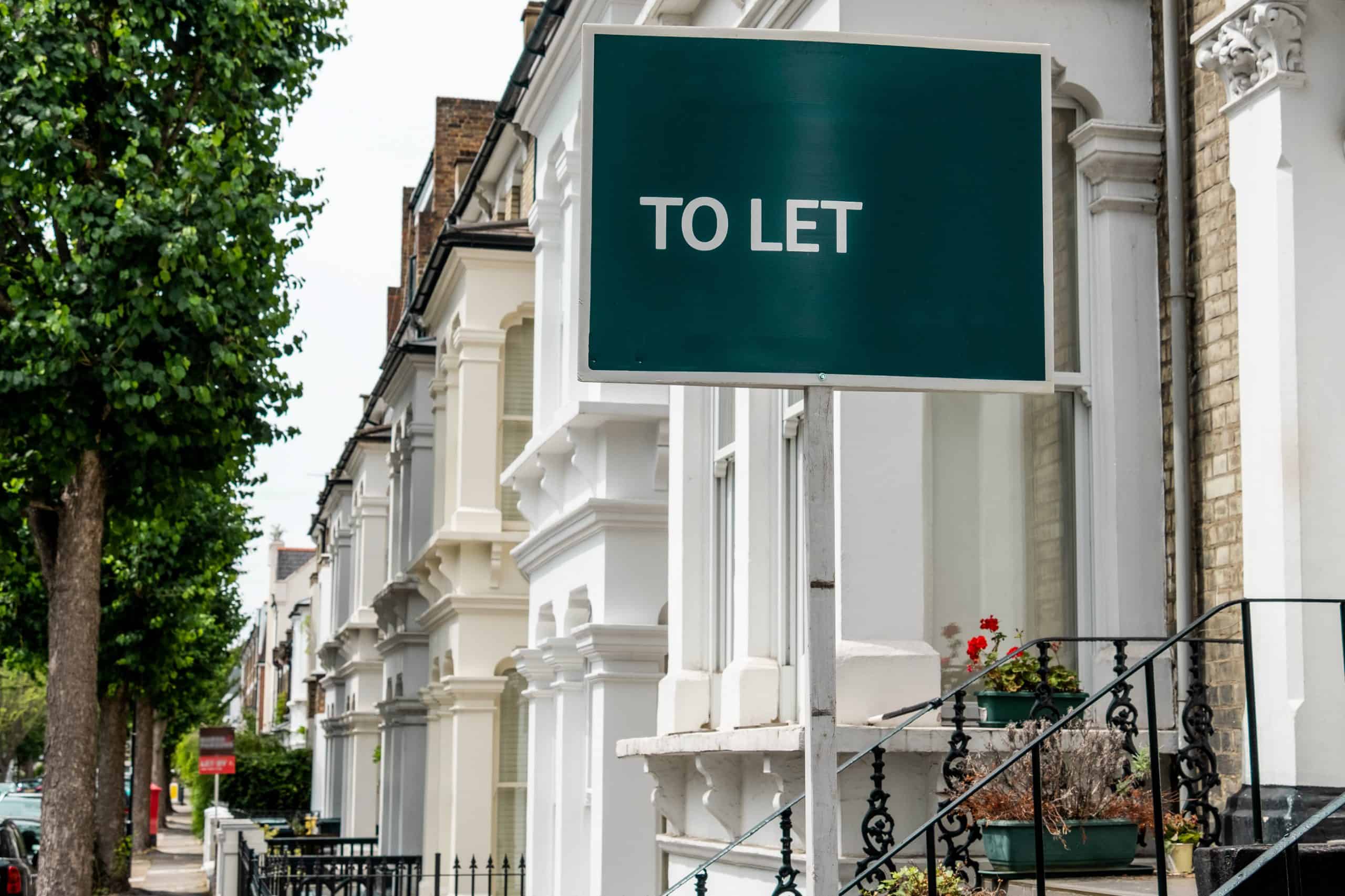The Scottish Government’s New Deal for Tenants is, to coin a well-known advertising slogan, ‘exactly what it says on the tin.’
The 108-page document contains the word ‘tenants’ 289 times — over 100 times more than ‘landlords’ (165 times). ‘Tenants’ rights’ outnumbers references to ‘landlords’ rights’ by nine to one.
So what, some might say. The strategy is, after all, ultimately designed to strengthen tenants’ rights. However, the issue with that is simple: the two are not mutually exclusive. You can’t have one without the other and tipping the balance too far in one direction will create a disproportionate impact on the other.
That’s what the Scottish Government is risking doing by meddling too much with a private rented sector that doesn’t appear to be broken.
Agents are in general agreement that there simply is not enough compelling evidence to support many of the changes being proposed. They believe the current system is functioning as it should.
Let’s take a closer look at some of the proposals
Temporary changes to pre-action protocols were brought in at the start of the pandemic amid fears of mass evictions and piling up of rent arrears. There is no evidence that has happened. Indeed, agents’ own data suggests in the past two years, notice to end tenancies instigated by landlords have been outnumbered by those from tenants by as many as eight to one.
The Scottish Government admits itself in the strategy document that limited research has been carried out on the impact of the PRT and the ‘temporary’ changes to grounds for possession brought in during the COVID-19 pandemic. So it’s disappointing that its long-term reforms appear to signal the end of mandatory grounds without any hard evidence that it is needed.
The ban on winter evictions that the strategy suggests is unworkable (in Scotland, some say winter runs from January to December!); the proposal to end joint tenancies will leave the remaining tenant in potential financial difficulty and turn private landlords into social landlords; there is no evidence anywhere in the world that rent controls or caps (however you want to describe them) work… Would it be a more effective use of unclaimed tenancy deposits to invest them in property to let long-term or supplement rent of proven victims of domestic abuse who remain in a tenancy, rather than to provide guaranteed deposits, as proposed?
The strategy also aims to provide greater flexibility for tenants to redecorate their homes and to have pets – but there’s currently nothing to stop either. If a landlord has a good, long-term tenant surely they will allow that anyway?
They say every cloud has a silver lining, and for letting agents and landlords it’s the Scottish Government’s own Household Survey that shows 94% of households in the private rented sector are ‘very or fairly satisfied’ with their housing.
This will come as little surprise to those agents and landlords who will continue to argue that they are already working hard to elevate standards. Any further unwarranted burden that’s placed on their shoulders may see some vote with their feet and withdraw from the PRS altogether. Surely, that can’t be the intended outcome of this strategy?
For more information, please contact us.












